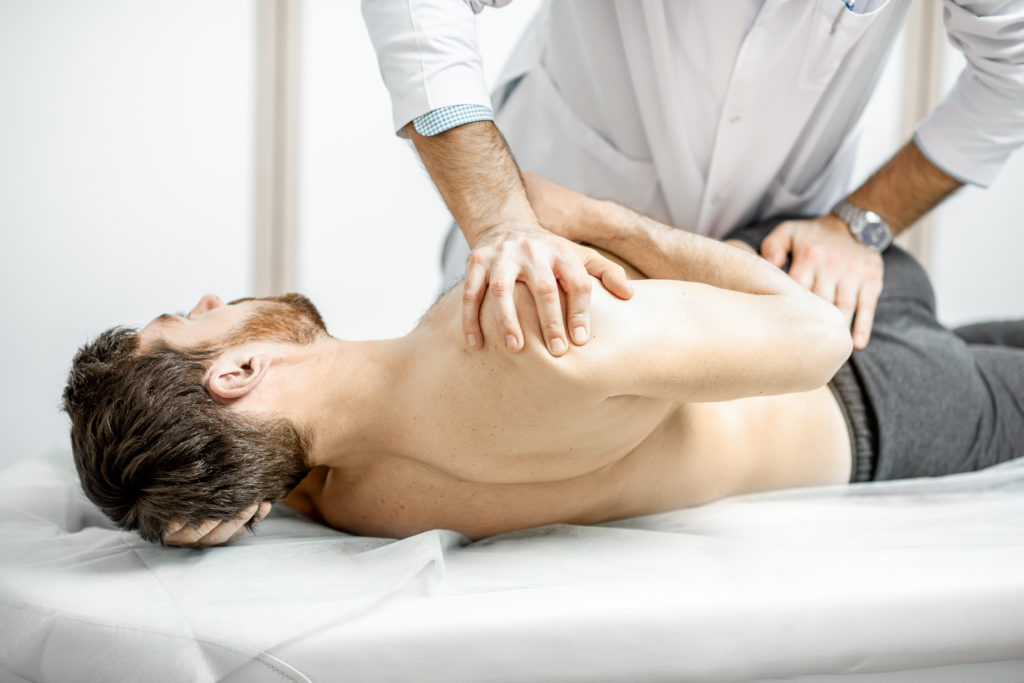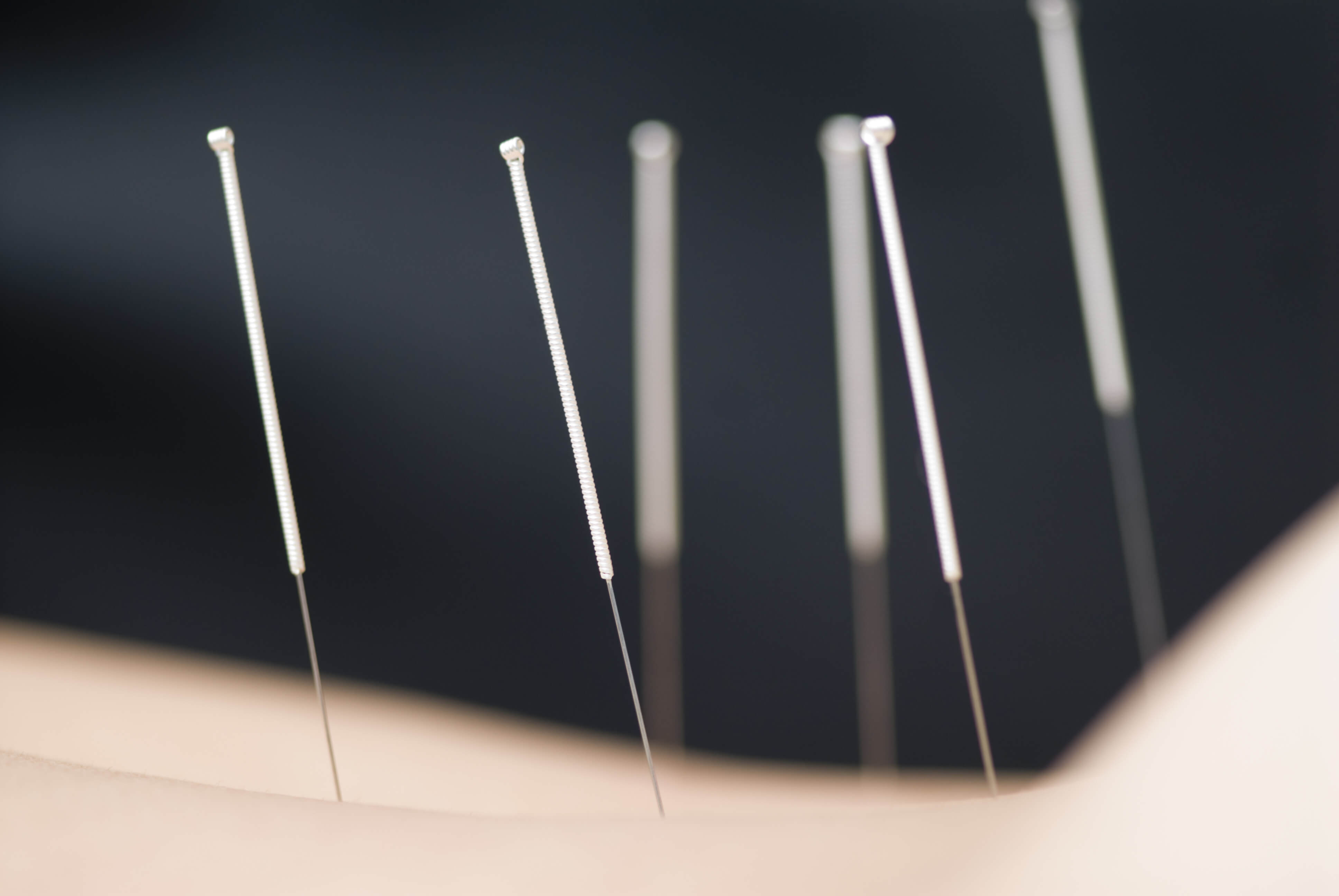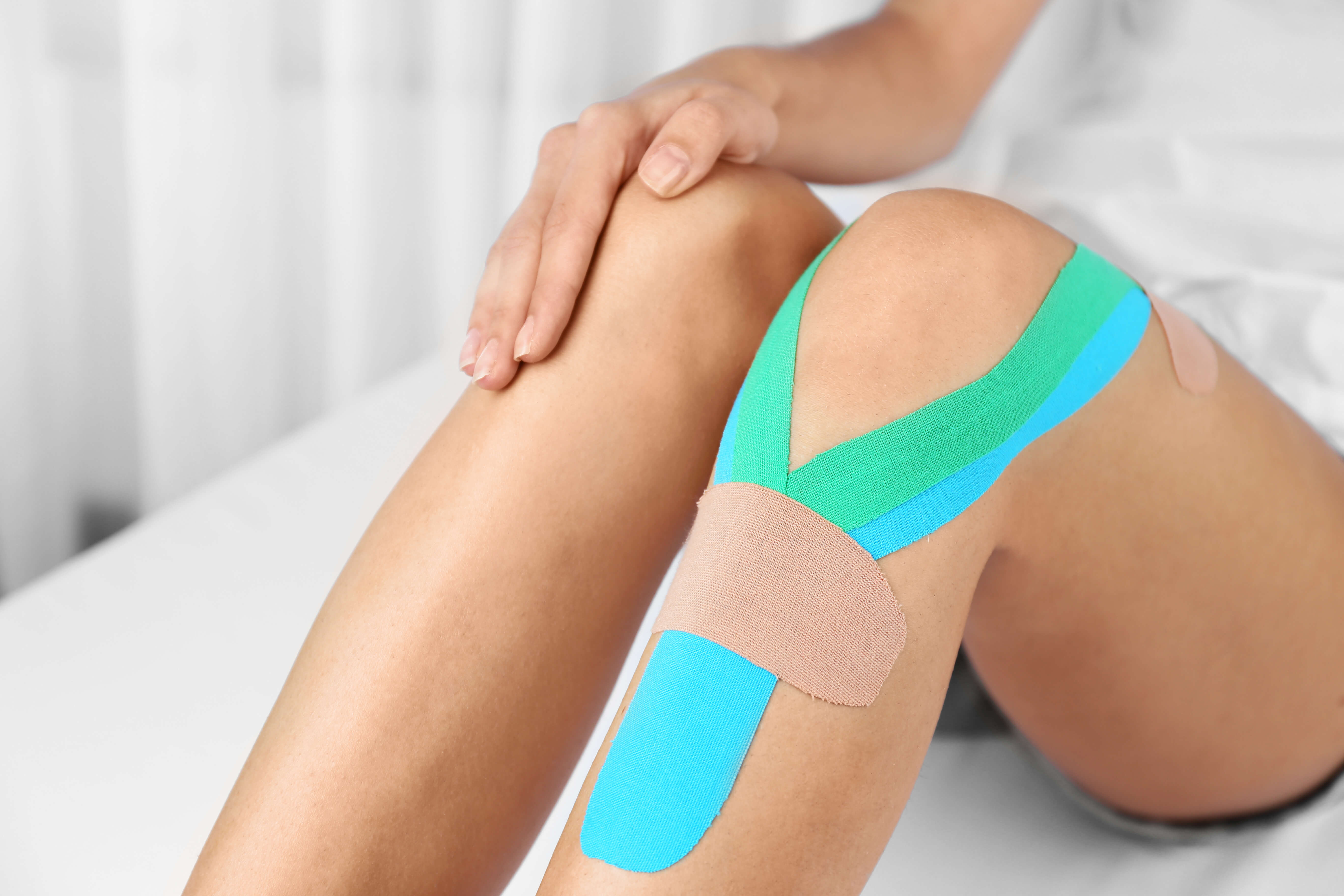Services
ostium

Osteopathy
is a branch of manual medicine whose foundations go back to the 19th century. It began in the United States, from where it spread over decades and is practiced all over the world today. Recently, it has become a popular form of treatment in Poland as well. In Western European countries and in the USA, an osteopath is put on equal footing with a medical doctor. The road to becoming a certified osteopath is long and difficult (5 years of intensive training in various medical specialties).
The main advantage of osteopathy is its philosophy, which talks about the perception of the human body as a whole, and this approach causes the osteopathic therapy to be so effective. Often, the therapy focuses on the area of our body, which is far away from the place where the pain is felt. This means that the therapist, after previous diagnosis and careful analysis of symptoms, stated that the cause of the problem lies somewhere else. By finding and eliminating the source of the problem the patient reports, the osteopath simultaneously eliminates the symptoms.
The state of health in osteopathy is often referred to as the balance between structure and function. Therefore, the osteopath is more focused on finding the health in the patient’s body than on curing the illness.
Osteopathic techniques are targeted at the osseous-joint system, myofascial, neural, vascular and visceral systems. They relate to the recovery of mobility and function within various tissues that have lost their self-regulation and self-healing abilities as a result of injury or a series of micro-injuries, overloads or stress.
Among the osteopathic techniques we find, among others:
- mobilizations
- joint manipulation
- muscle energy techniques (MET)
- fascial techniques
- visceral techniques
- craniosacral therapy
- vascular techniques

Dry needling
it is a form of therapy consisting in the desensitization of irritated and strained tissue with a thin needle without the introduction of a drug or any other substance. It is a safe and a very precise method which has a lot of advantages in the patient’s treatment process. By normalizing the tissue tension, needle therapy reduces the severity of pain and increases the flexibility of tissues, which improves the patient’s functionality and allows the implementation of subsequent stages of therapy.
The effects of dry needle therapy:
- reducing pain
- immediate and permanent improvement of mobility
- reduction of myofascial hyperreactivity
- peripheral and spinal desensitization


Kinesiotaping
or dynamic taping is a therapeutic method based on the application of special tapes for a selected part of the body. Because of their structure, appropriately stuck tapes affect the tissues in a very diverse way. We use taping to reduce myofascial tension in lymphoedema, and also apply it after injuries. KinesioTaping additionally supports muscle work, corrects the position of the joint and exerts indirect influence on the peripheral nervous system, the stimulation of which during rehabilitation is extremely important.
The tapes show high water resistance and also allow air to pass through, allowing the patient to function comfortably for several days. They are an excellent form of supplementing and consolidating the effects of therapy.